Changing your NAT (Network Address Translation) type can improve your online experience, particularly for gaming and voice-over-IP apps. A strict or moderate NAT type can lead to network issues in gaming such as frequent disconnections, lagging, and trouble hosting matches. So, here’s how you can change the NAT type in Windows 11/10 to improve network connectivity and enhance performance.
Page Contents
What is NAT and its types?
NAT (Network Address Translation) is a technology in routers that acts as an IP translator, allowing multiple devices to share a single public IP address and access the internet. There are three different types of NAT – Strict, Moderate, and Open.
- Strict NAT – It’s the most secure and restrictive type. It can limit network functionality and may cause issues in online gaming and peer-to-peer connections.
- Moderate NAT – It is the most commonly used NAT type which provides a balance between security and connectivity.
- Open NAT – It is an open type with no restrictions. Any device can send and receive data freely. This is often preferred in online gaming and other apps that require open communication. However, it has no firewall protection and is vulnerable to attacks.
How to Change NAT Type in Windows 11/10
Before you can change the NAT type using any method, you need to configure a static IP address on your computer.
Setup a Static Private IP Address
1. Open Command Prompt and run the following command:
ipconfig
2. Note down the IPv4 Address, Subnet Mask, and Default Gateway of your network adaptor.
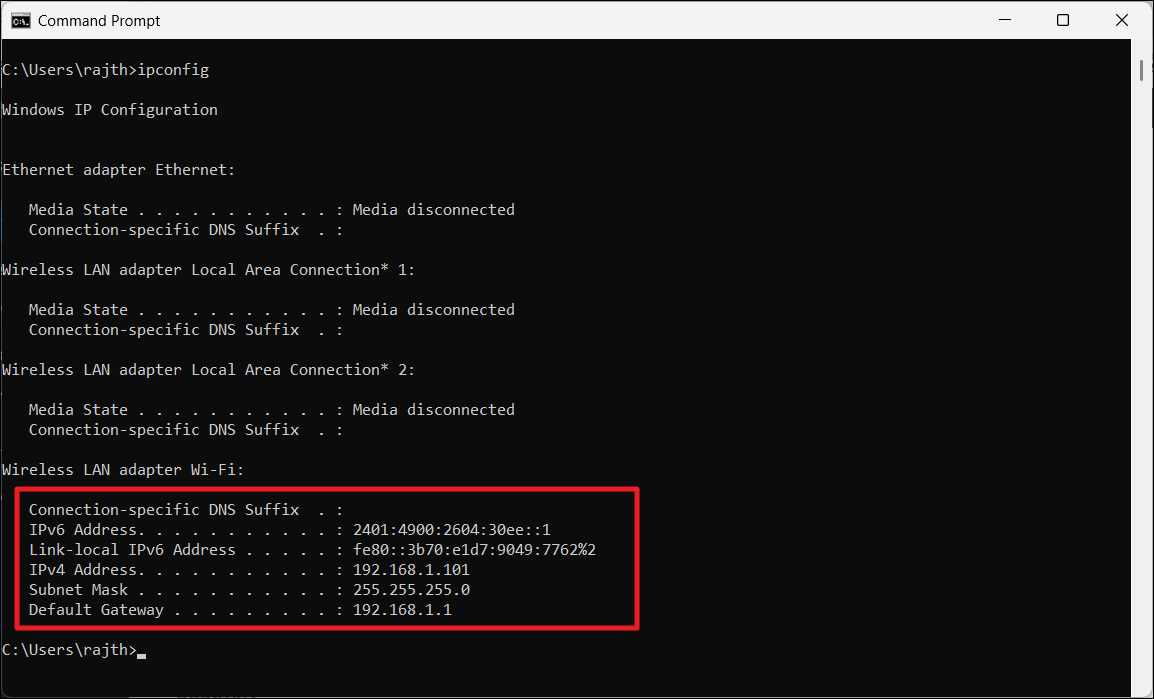
3. Open Settings by pressing Windows + I.
4. Go to the ‘Network & Internet’ section and choose your connection ‘Ethernet’ or ‘Wi-Fi’ to view its properties.

5. Click ‘Hardware Properties‘ or ‘View additional properties’.
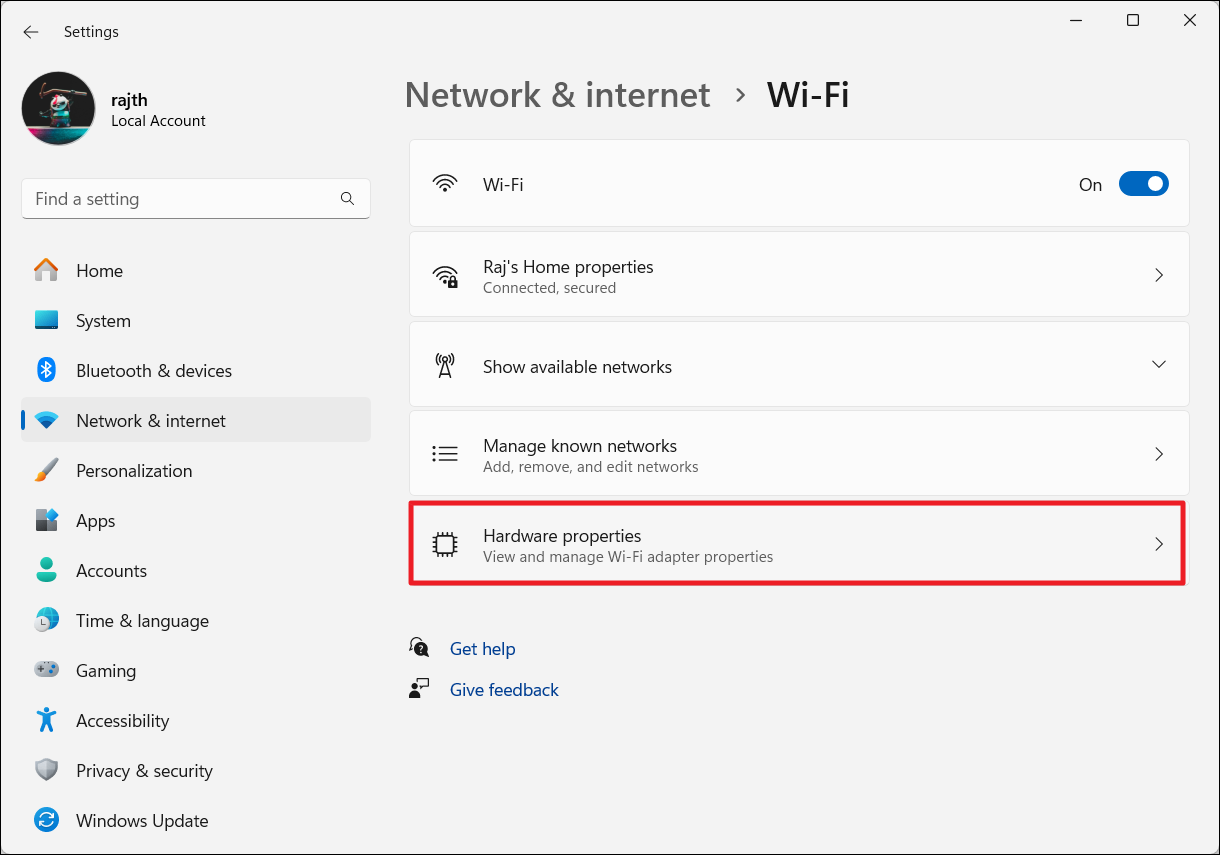
6. Click the ‘Edit‘ button next to the IP assignment.
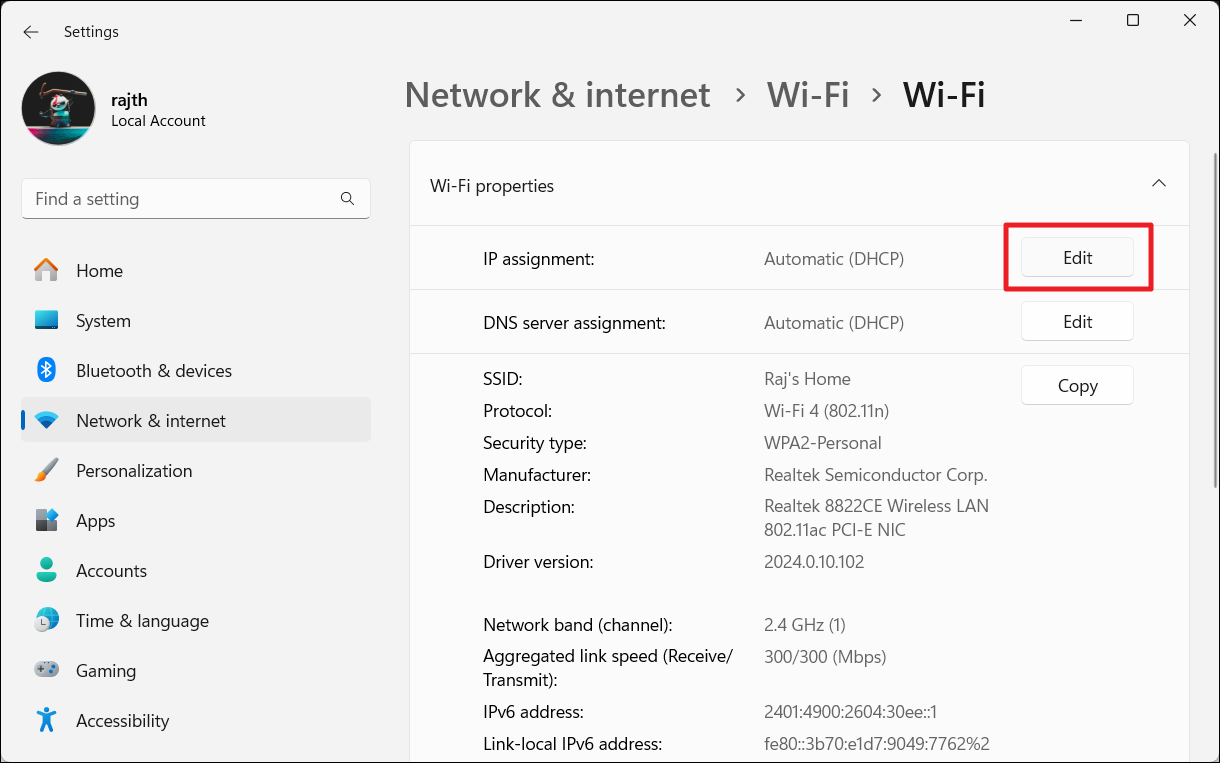
7. Select ‘Manual’ from the drop-down menu and turn on the ‘IPv4′ toggle.
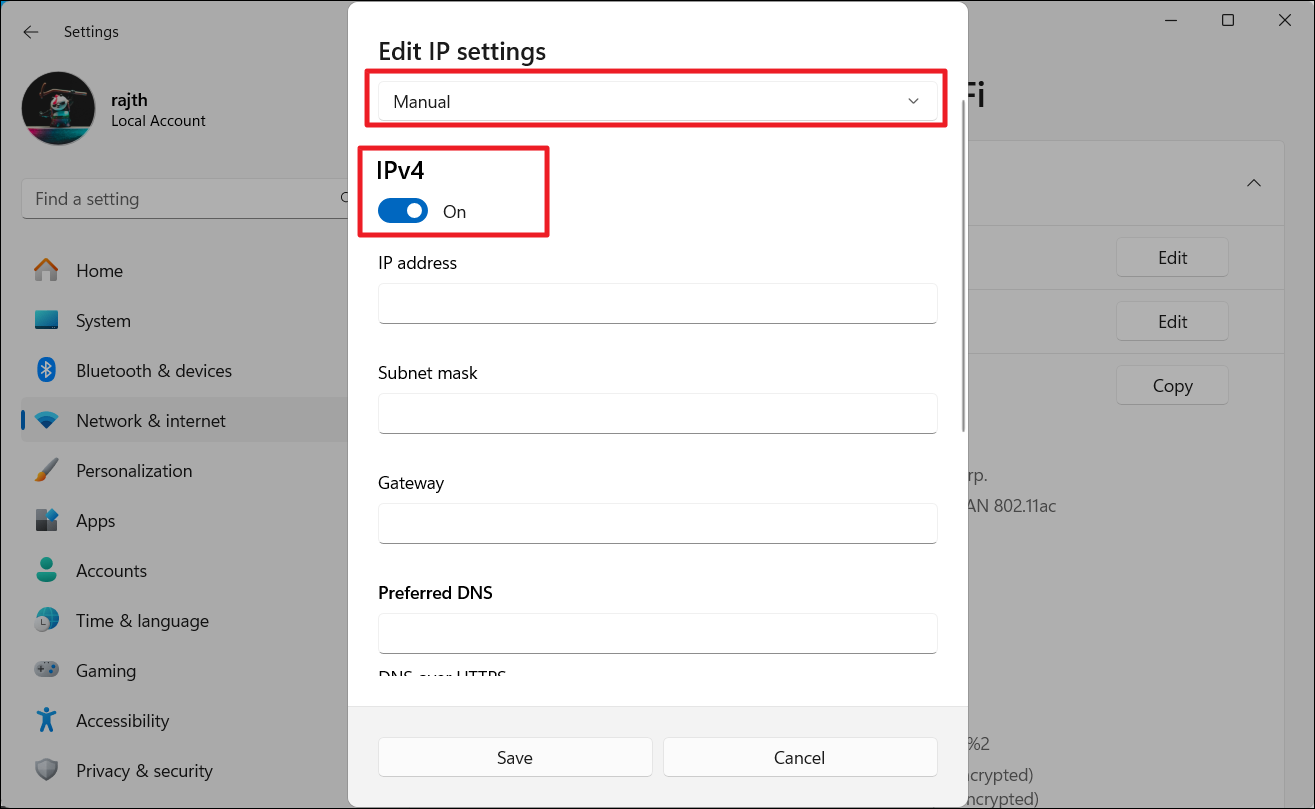
8. Fill in the IP address, subnet mask, gateway, and preferred/alternate DNS servers. Remember to choose a unique IP address within your network’s range (usually 192.168.0.2 – 254).
9. Click “Save” to apply the static IP settings.
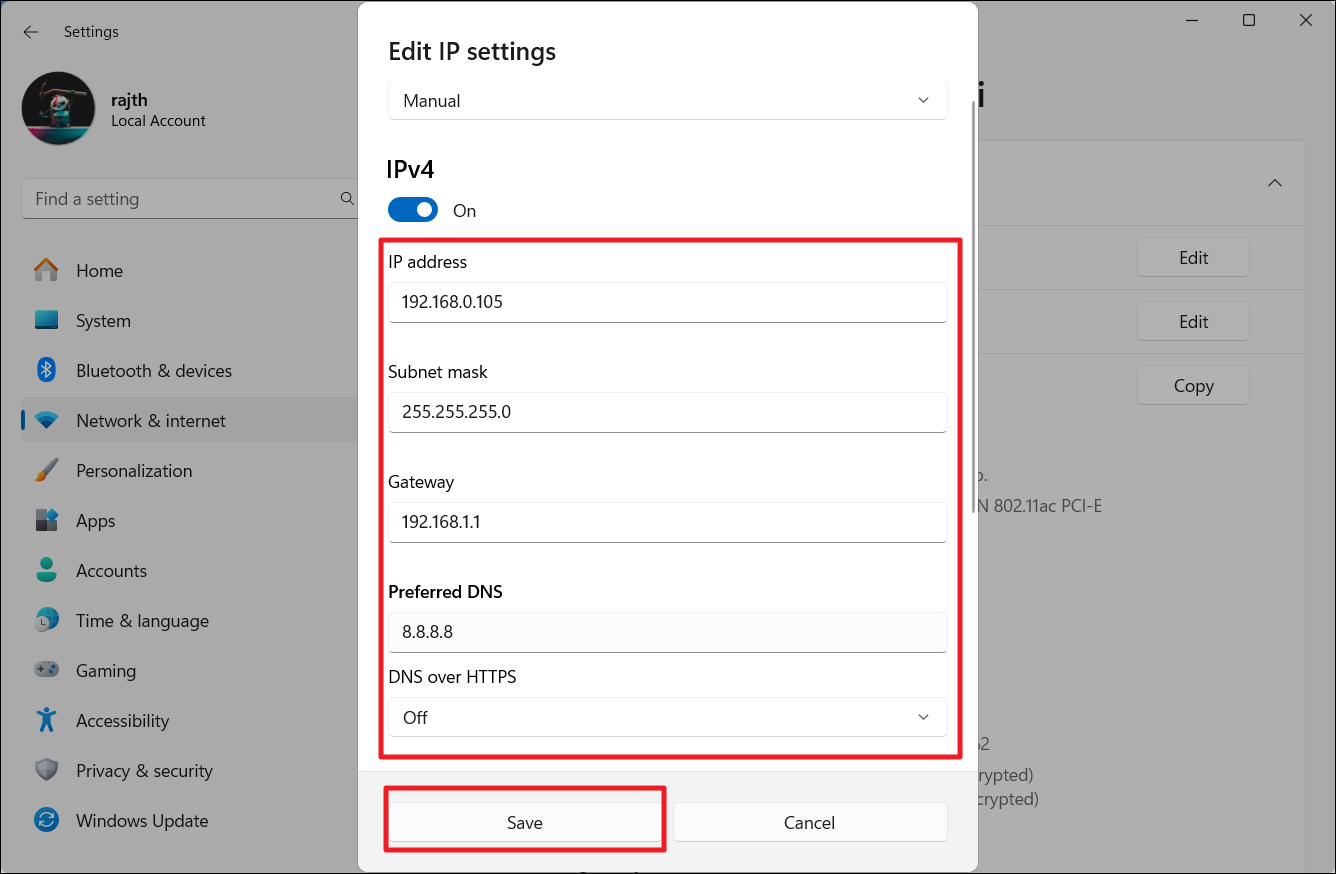
After setting up the static IP, you’re ready to change the NAT type.
Change NAT Type in Windows 11/10
Method 1: Enable Network Discovery
Enabling network discovery makes your PC visible to other devices on your network, indirectly improving your NAT type.
1. Open Settings and select ‘Network & Internet‘ > ‘Advanced network settings‘.
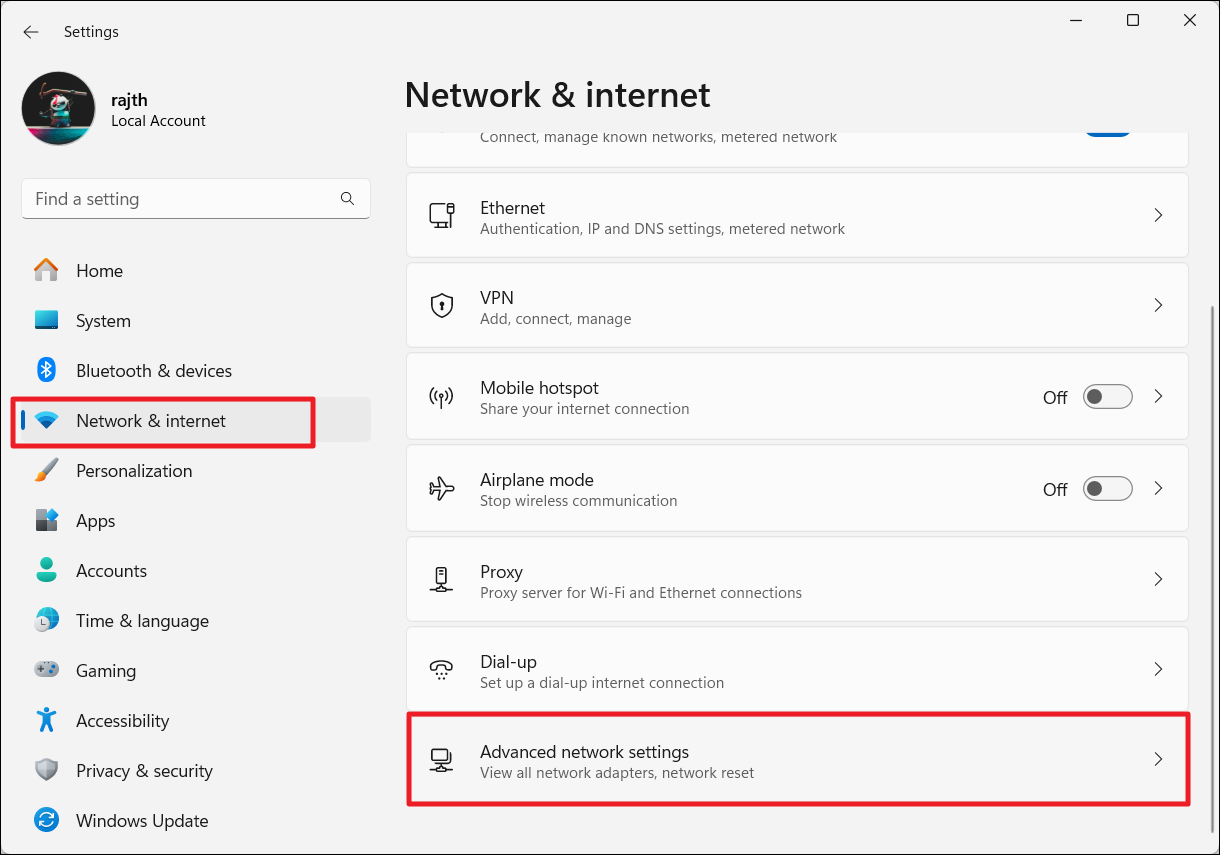
2. Click on ‘Advanced sharing settings‘.
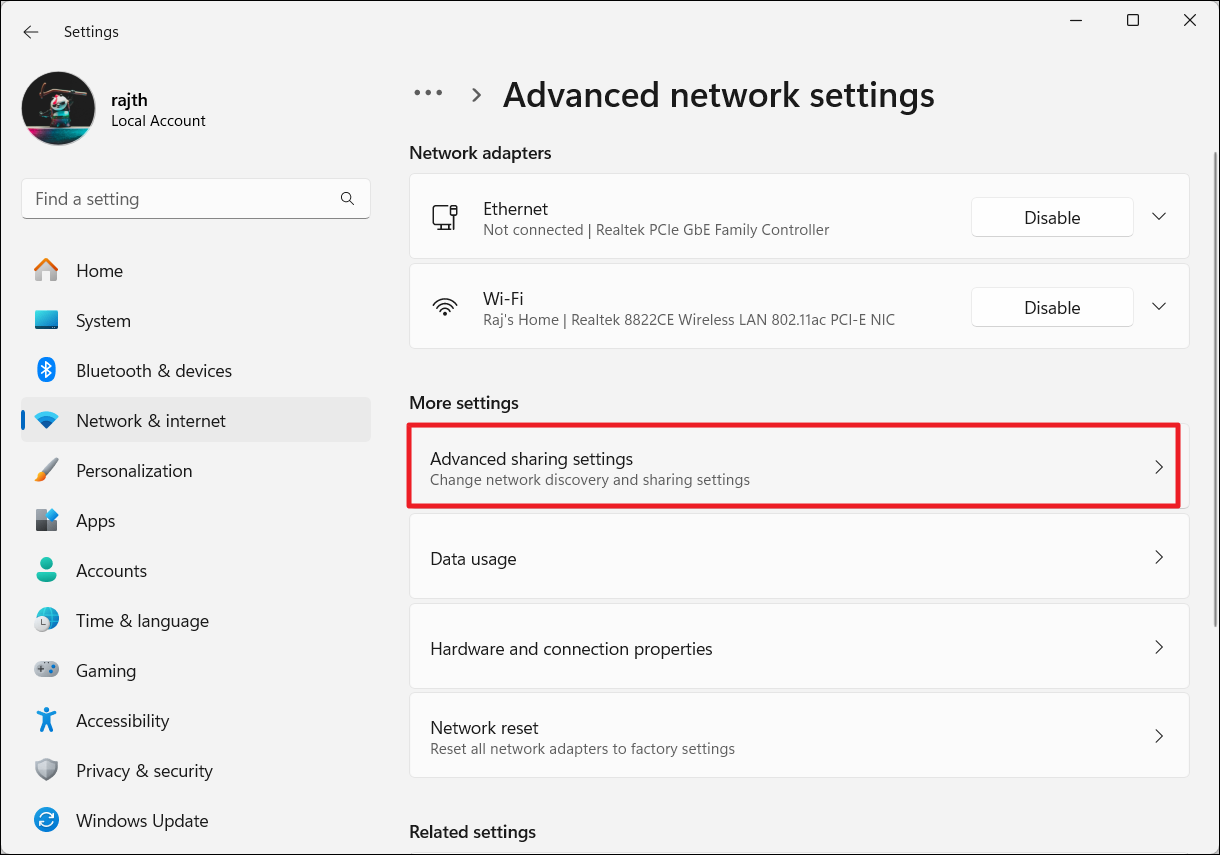
3. Open the Private networks section, toggle the ‘Network Discovery‘ on, and check ‘Set up network connected devices automatically‘.
4. Then, turn on the ‘Network discovery‘ under the Public networks section.
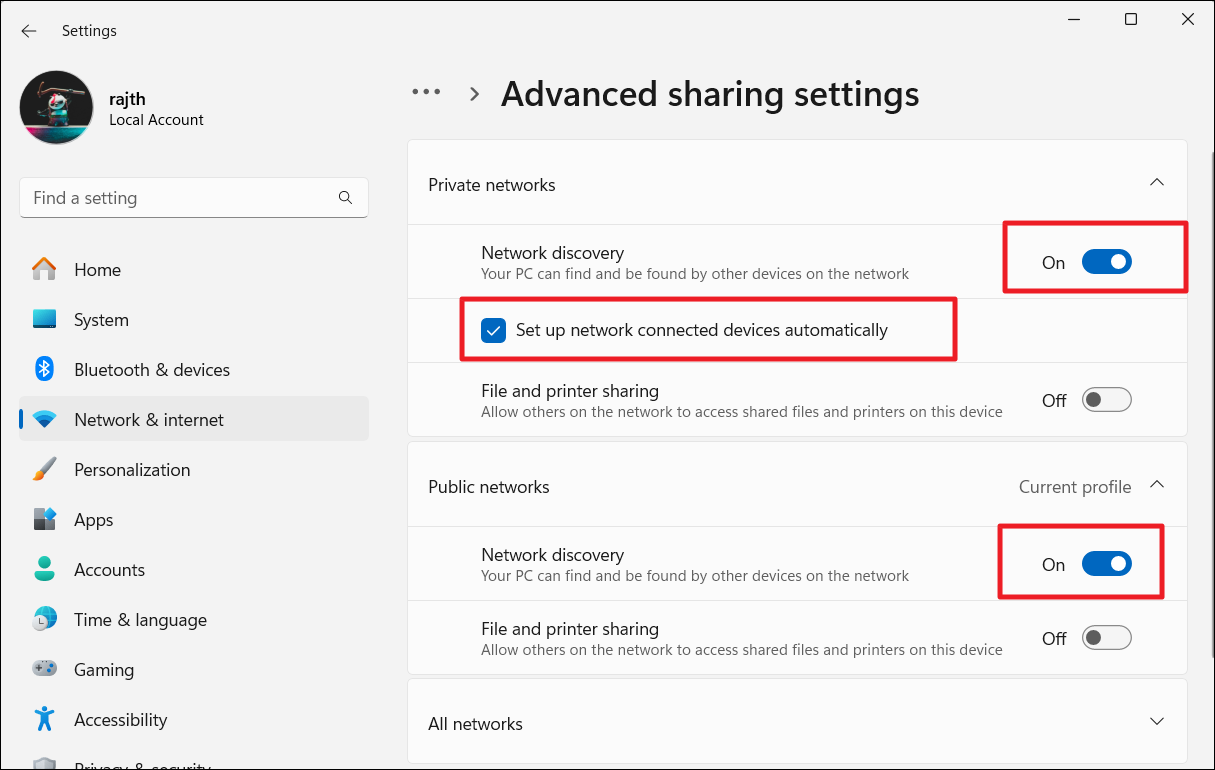
Method 2: Enable UPnP (Universal Plug and Play)
Another easy way to change your NAT type to Open is by enabling Universal Plug and Play (UPnP) in your router settings. Here’s how you can do this:
1. Open your web browser and log in to your router’s web interface. To access the web interface, enter the default gateway address (usually 192.168.0.1 or 192.168.1.1) in the address bar. You can use the ipconfig command from above to find your default gateway address.
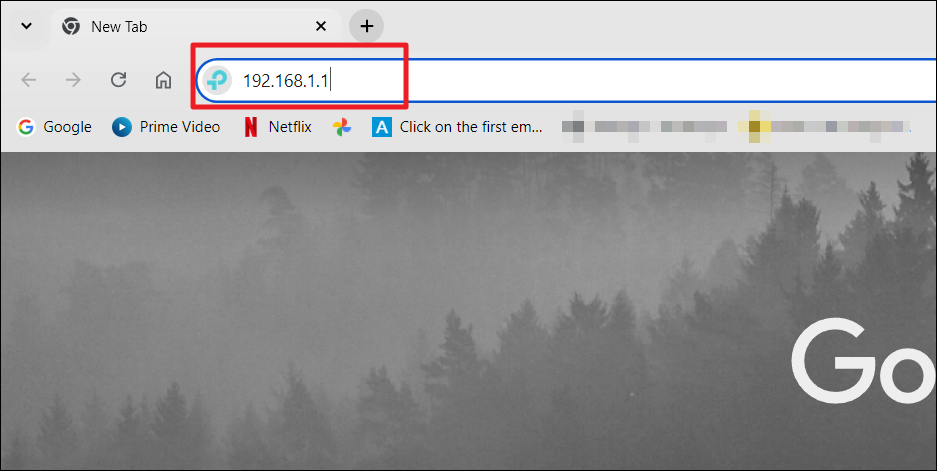
2. Once you log in to your router, find the UPnP settings (usually found under ‘Advanced’ or ‘NAT Forwarding‘).
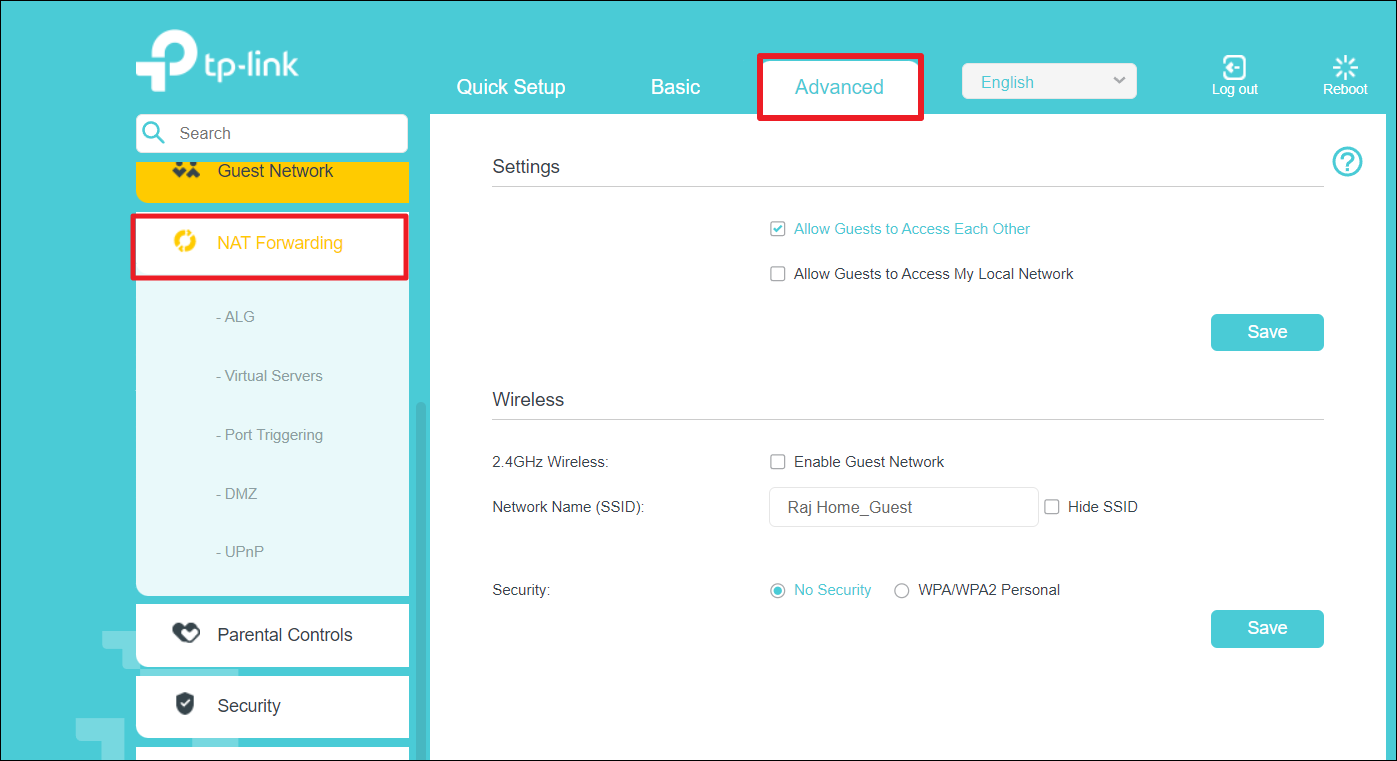
3. Open the UPnP settings and turn on the UPnP switch.
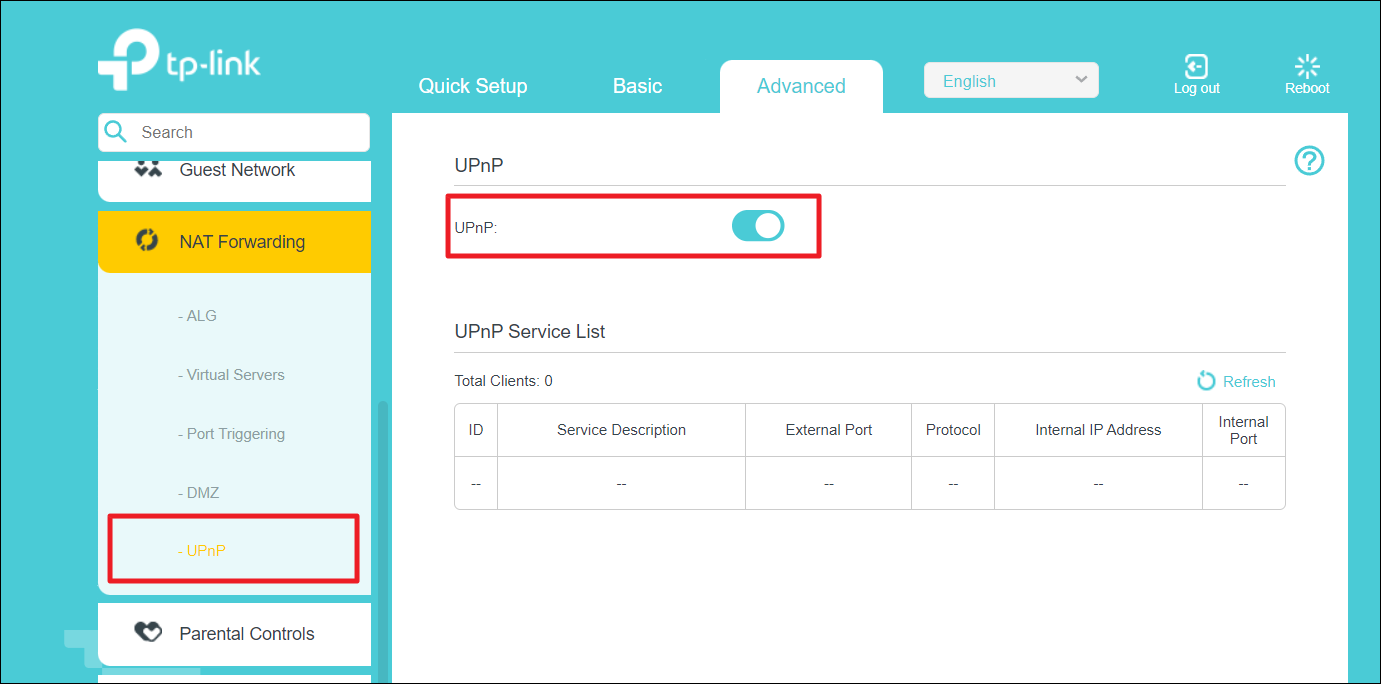
4. Restart your router to apply the settings.
Method 3: Port Forwarding
Manual port forwarding allows you to open specific ports for specific apps. It gives you more control over your network, enhancing network security. While it takes a bit more setup than UPnP, it offers greater flexibility.
1. To create a port forwarding rule, first you’ll need to find the specific TCP or UDP ports used by your app or game. For example, the Fortnite game uses the following ports:
TCP: 433, 3478-3479, 5060, 5062, 5222, 6250, 12000-65000
UDP: 3478-3479, 5060, 5062, 6250, 12000-65000
To find the ports used for your game, search online for “[game title] port forwarding.” The game’s developer website usually lists the required ports for different platforms. You can also find the necessary ports for your game on the Port Forward website as well as instructions to set up port forwarding on your specific router.
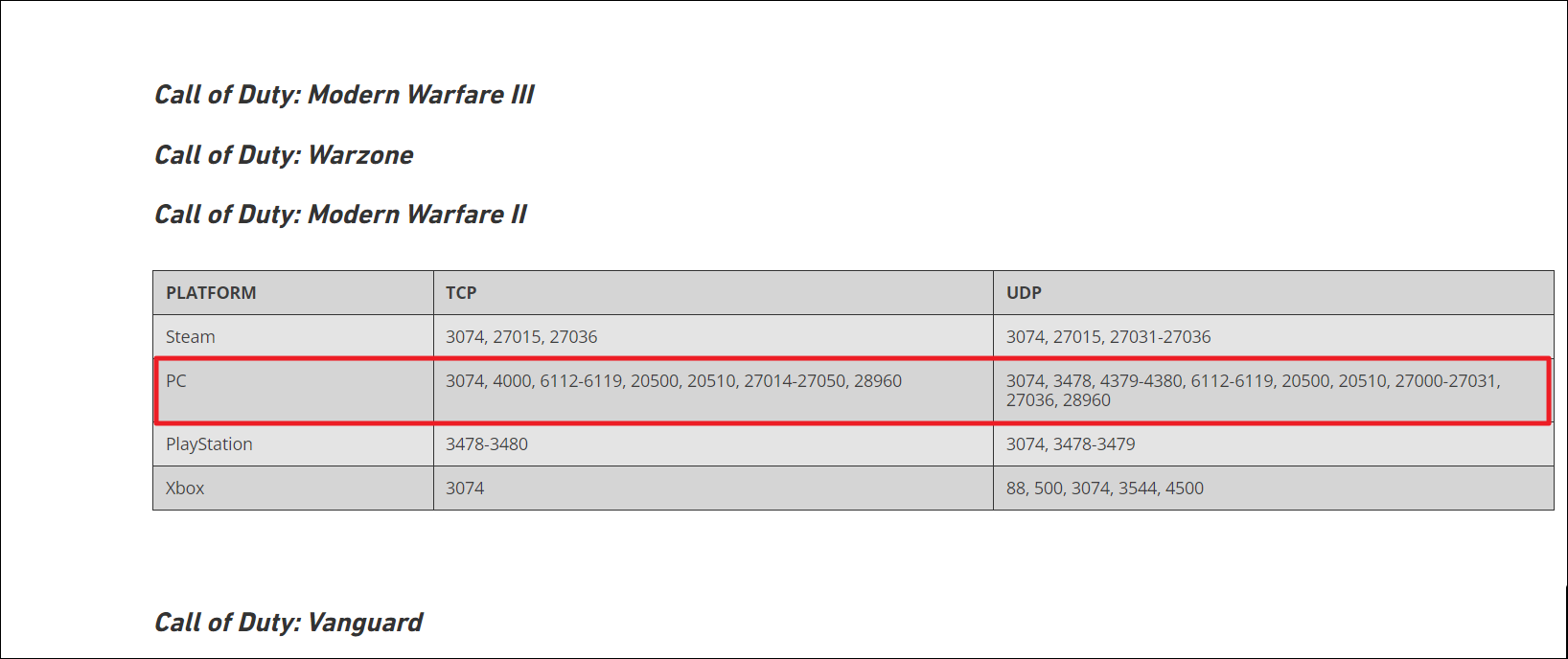
2. Log in to your router’s web interface.
3. Look for the ‘Port Forwarding‘ settings under Advanced settings and open it. Sometimes, the Port Forwarding settings will be nested under the NAT Forwarding.
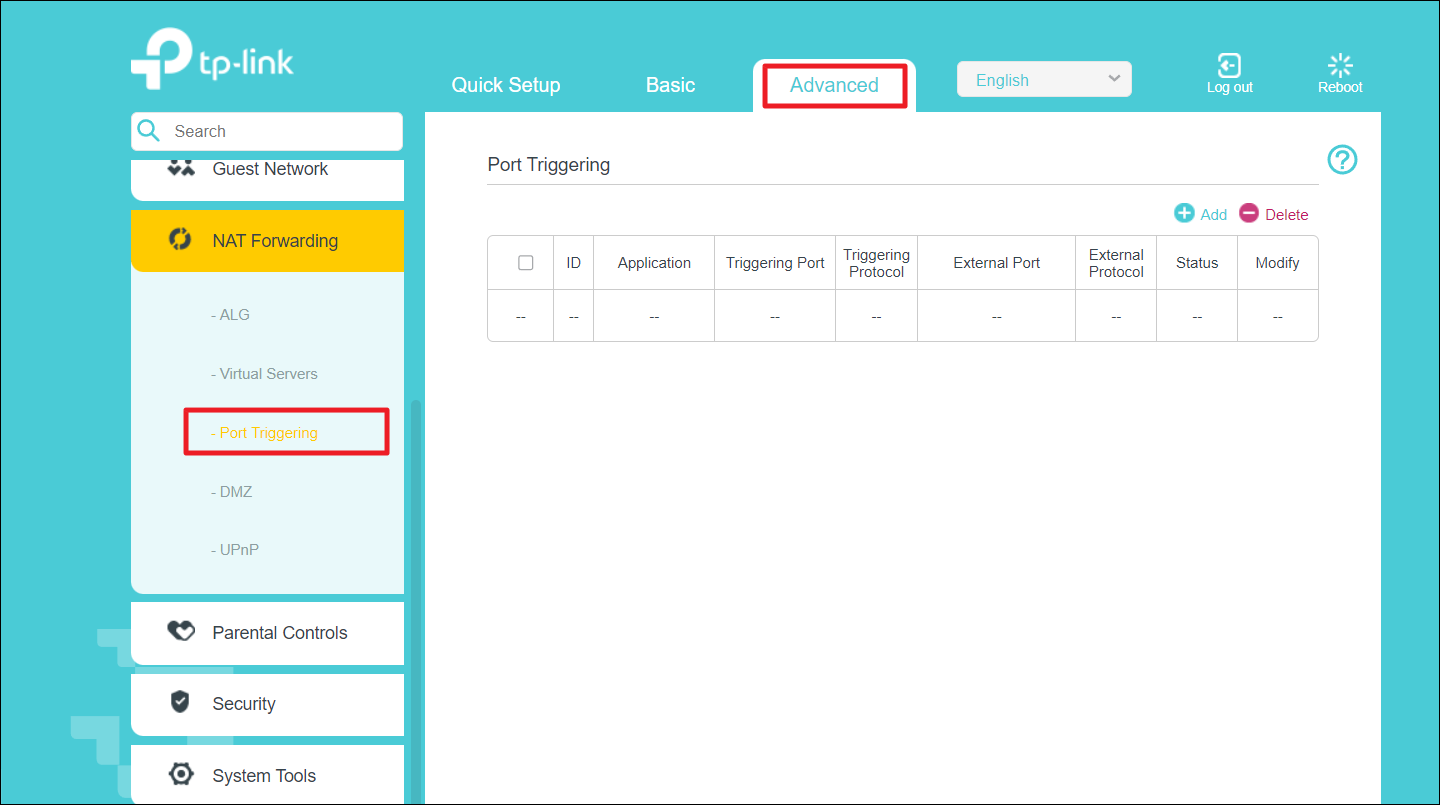
4. To create a new rule, click the ‘Add‘ or ‘Add New‘ button.

5. Fill in the ‘Service Name‘ or ‘Application‘ field with your game or app’s name. If you have a static IP, enter it under the ‘Device IP Address‘ field (if available).

6. Type the same port number for both ‘Triggering Port‘ or ‘Internal Port‘ and ‘External Port‘.
7. Select the appropriate protocols (TCP or UDP) for your game or app. If your game or app doesn’t require a specific protocol (TCP or UDP), you can simplify port forwarding by setting the protocol to All.
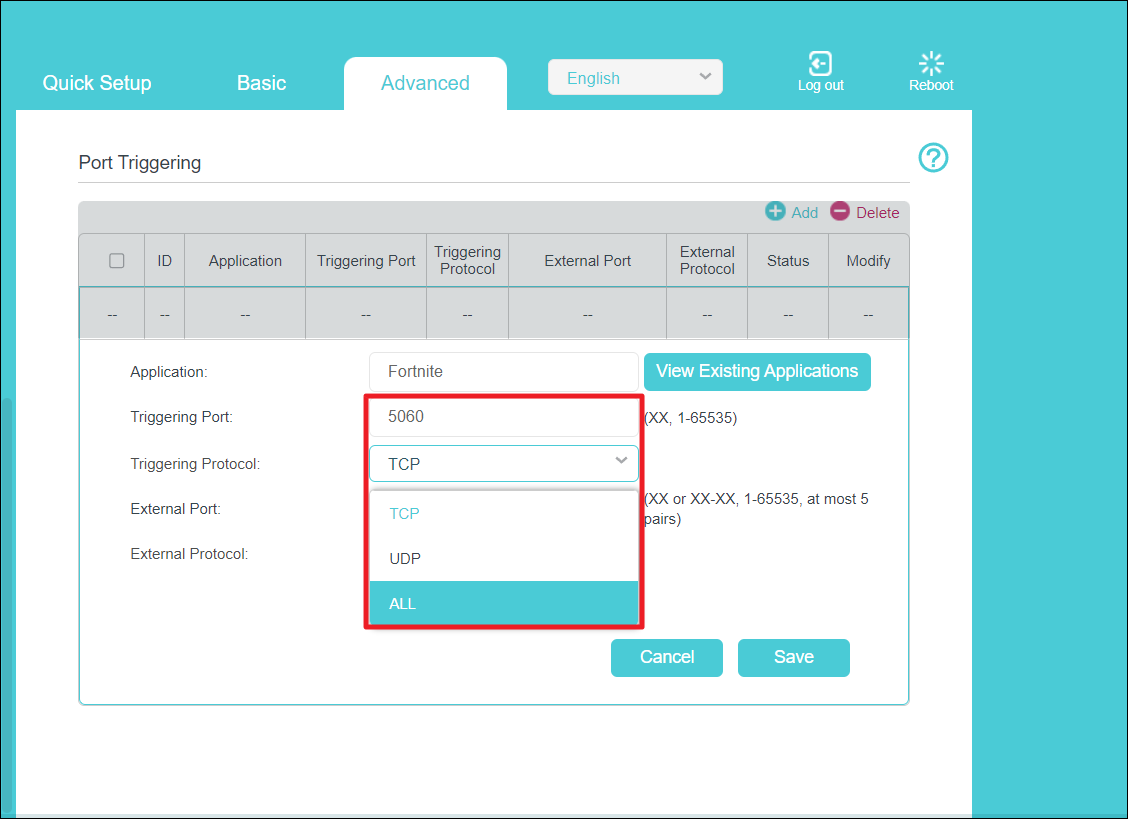
8. Click ‘Save‘ to save the changes.

9. The new rule is now added to the Port Forwarding table. You can toggle it on or off anytime using the Status button.
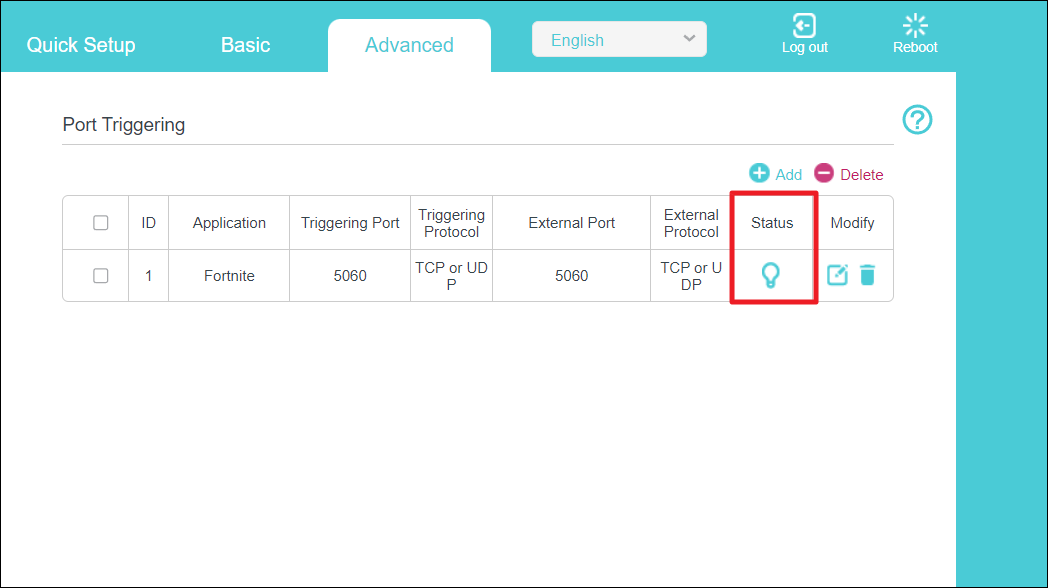
10. Then restart your router to enable the new port forwarding rule.
Method 4: Enable DMZ mode
If you’re unable to configure port forwarding or other router settings, you can try enabling DMZ mode. This places your device outside your local network, which can sometimes resolve NAT issues. However, DMZ mode is less secure, so use it with caution.
1. Log in to your router and go to the ‘Advanced‘ tab.
2. Under ‘NAT Forwarding‘ or ‘Forwarding‘ settings, click the ‘DMZ‘ setting.

3. Now enable the DMZ option and type your PC’s static IP address.
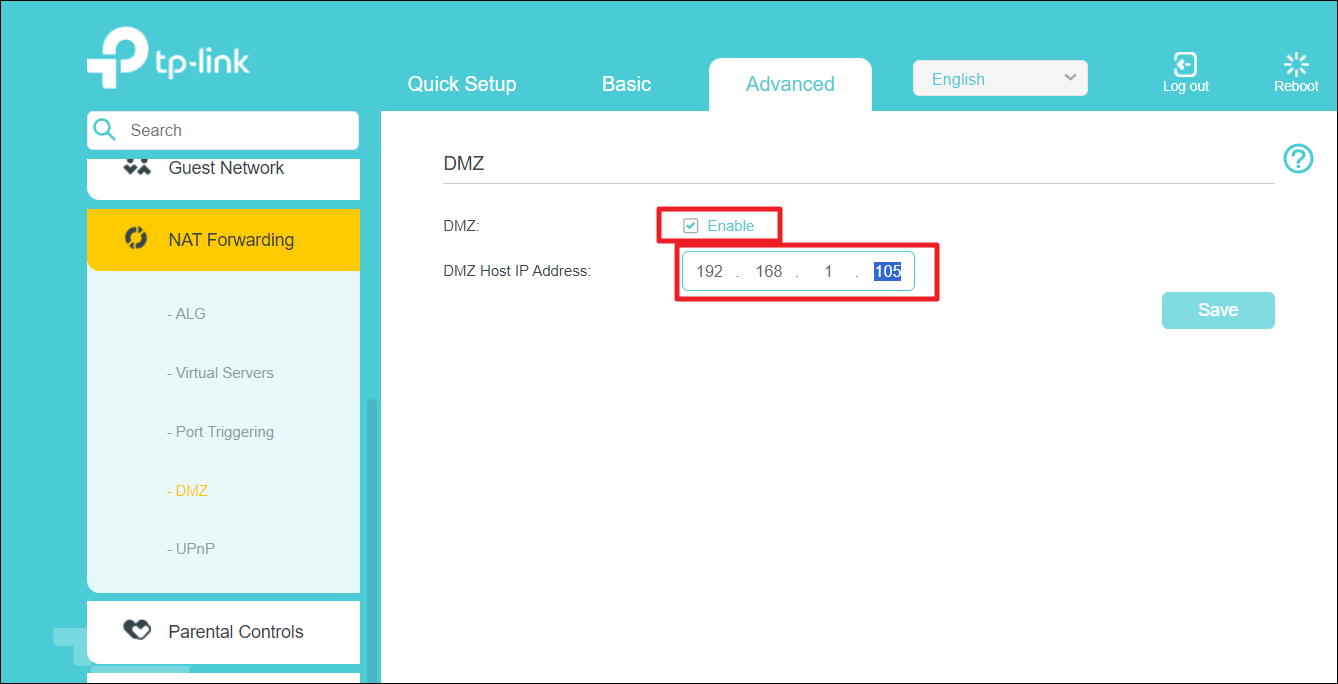
4. Finally, click ‘Save‘ and restart your router.
That’s it.
![KapilArya.com is a Windows troubleshooting & how to tutorials blog from Kapil Arya [Microsoft MVP (Windows IT Pro)]. KapilArya.com](https://images.kapilarya.com/Logo1.svg)







![[Latest Windows 10 Update] What’s new in KB5055612? [Latest Windows 10 Update] What’s new in KB5055612?](https://www.kapilarya.com/assets/Windows10-Update.png)




Leave a Reply